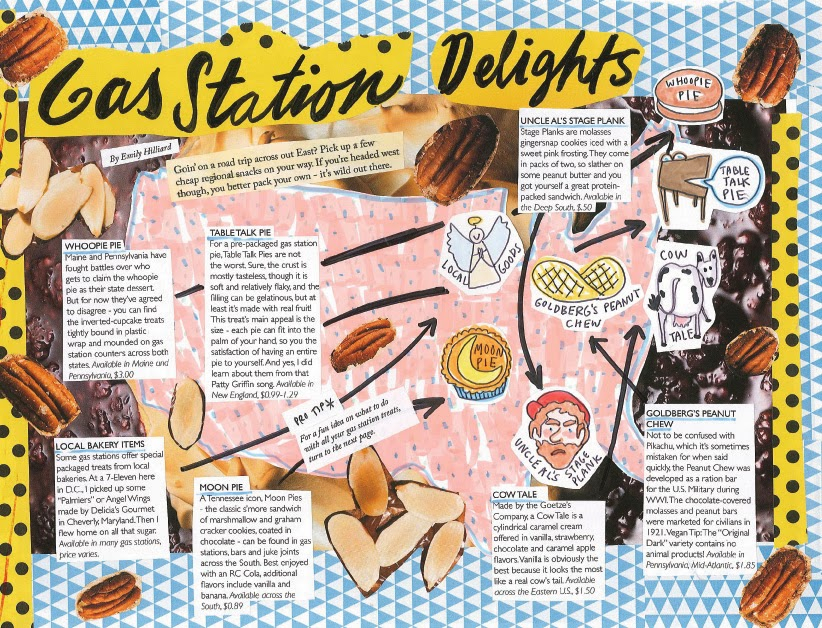Helvetia, West Virginia, is not a town you can just happen upon. About 30 miles south of Buckhannon and 40 miles southwest of Elkins (you know where those are, right?), the journey to Helvetia is a long and winding mountainous route up County Route 46. Even when you get there, it would be easy to blow right through town, were it not for the Swiss Alpine–style buildings peppered along the roadside.
The village was settled in 1869 by Swiss immigrants, many of them craftsmen, who had immigrated to Brooklyn, New York, during the Civil War. In Brooklyn, they formed a society of Swiss and German speakers called the Gruetli Verein, and together sought a place where they could live freely and practice their respective art forms. One of their members had done some surveying in West Virginia and spoke of the large tracts of land, beautiful mountains, and plentiful forests of game. The group eventually found cheap land for sale in the area and decided to establish a village, calling it Helvetia, the Latin name for Switzerland.
Read on in Gravy









